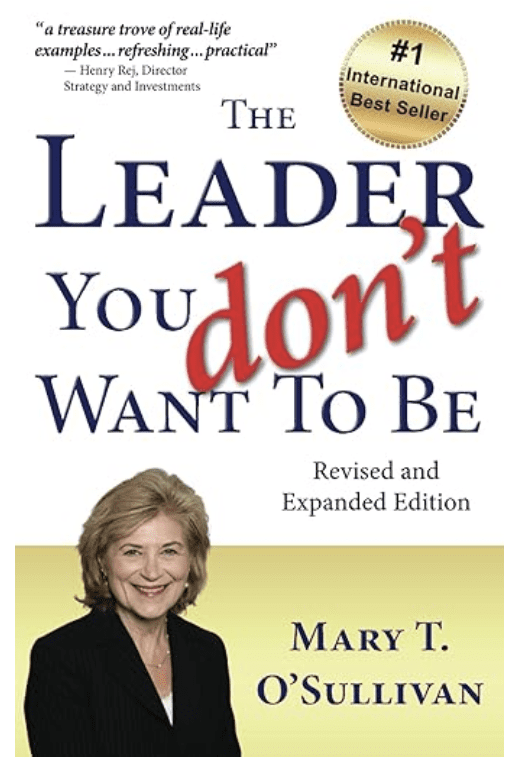Search Posts
Recent Posts
- Providence Delivers Summer Fun: Food, Water Play & Activities June 20, 2025
- Rhode Island Weather for June 20, 2025 – Jack Donnelly June 20, 2025
- Outdoors in RI: Time to Seastreak – Vets Access – Invasive Alerts – Clays 4 Charity at The Preserve – 2A TODAY June 20, 2025
- GriefSPEAK: Kill Switch – Mari Nardolillo Dias June 20, 2025
- Dr. Rosemary Costigan Named President of Community College of Rhode Island June 19, 2025
Categories
Subscribe!
Thanks for subscribing! Please check your email for further instructions.

Work Wounds: The hidden impact of workplace trauma on mental health – Mary T. O’Sullivan
by Mary T. O’Sullivan, MSOL, contributing writer
Psychologically “Wounded” at Work: The Hidden Impact of Workplace Trauma on Mental Health”
“When an employee experiences a work wound, it’s often an unhealed wound that festers in the workplace.” – Bree Johnson, founder of Executive Unschool
What happens when continuous bad behavior is normalized in the workplace? When perfectly good people are ignored, or harassed, or even the object of foul language, work becomes unbearable and traumatic. Dread fills the organization’s most important asset, the workers, and often paralyzes them and hinders them from performing their best work.
Today, toxic workplaces still exist, despite HR’s efforts to improve the environment. Because it can’t be ignored, leaders and HR have attempted creative initiatives such as implementing a harassment policy, anti-bullying training for all employees, and support for the “target”. However, the negative organizational culture may cause these well-intentioned initiatives to fail.
The employees may bear lasting mental health issues, known as “work wounds”. Workplace trauma—an accumulation of negative emotional experiences stemming from workplace incidents—has shown to significantly impact mental health. This phenomenon can manifest in various forms, including but not limited to emotional burnout, anxiety, and depression, fundamentally altering an individual’s approach to work and life. “Work Wounds” have surfaced as a critical concern, often overlooked in discussions surrounding workplace productivity and employee satisfaction and engagement. The psychological damage done manifests itself in “work wounds”.
How do we address the toxic work environment and eliminate “work wounds” ?
For starters, organizations must embrace the concept of “psychological safety” or, according to Dr. Amy Emondson “the belief that one will not be punished or humiliated for speaking up with ideas, questions, concerns, or mistakes, and the team is safe for interpersonal risk taking.” Establishing workplace psychological safety means the organization puts workers’ feelings first. There should be no fear when employees speak up or “blow the whistle”. But even when psychological safety is rolled out as a policy, the negative effects of a toxic work environment remain. People continue to suffer from mental health issues as a result of years of mental battering and trauma in the workplace. This unseen harm is akin to PTSD, and causes conflicts with colleagues, declines in focus and productivity, and even lawsuits in addition to fear, anxiety, depression, sleep disturbances, fatigue, and even work-related suicide.
“Work wounds” are not isolated incidents or simply just a personal problem, according to Forbes. Most often, people are wounded as a result of systemic organizational issues, permitted as part of the culture, often existing and unaddressed for years. When lack of respect permeates the office, when screaming and swearing loudly are acceptable behaviors, and repeated routinely, most people can’t just ignore it. Instead, it rattles the psyche of a normal person and makes carrying on the workday painful. These incidents and others like it reverberate in the minds of employees and cause internal hurt and frustration. It’s no wonder job dissatisfaction rates are shockingly high.
In a 2022 Gallup survey, 60% of people reported being emotionally detached at work. Nineteen percent reported being miserable. The number of employment lawsuits has also increased. The EEOC’s 2023 report states that “the agency secured more than $665 million in monetary relief for more than 22,000 victims of employment discrimination, retaliation, and harassment, including more than $440.5 million [paid to] individuals”. This trend has to be a message to employers that the consequences of runaway “work wounds” has a momentous effect on the business.
“Leaders may overlook or dismiss behaviors that contribute to a toxic culture, such as microaggressions, unchecked competition, reports of bullying and bad behavior, thinking they’re just part of the ‘norm’ or that they will go away in time,” states Dr. Emondson. The organizations that get it right, encourage their leadership teams to understand how their own habits “perpetuate unnecessary suffering in the workplace.” Nervous system regulation is also a technique used to foster a culture of transparency and reduce tension and conflict. When leaders acknowledge the problem, train in emotional intelligence, offer counseling and support to both employees and leadership, and foster a culture of empowerment, and make people feel valued and heard, “work wounds” diminish.
The silent threat of “work wounds” has become epidemic in the workplace and could soon become as dangerous as physical ailments such as sitting all day and smoking. By taking appropriate proactive measures, leaders can reduce the impact of psychological damage done within their organizations. These measures are needed to enhance overall productivity, reduce turnover and create a more resilient and positive workplace.
“It’s imperative for leaders to shift their focus from merely managing work culture to actively healing it,” “After all, a healthy workplace isn’t just about perks—it’s about people.” – Dr. Amy Emondson
___

Connect with Mary:
www.encoreexecutivecoaching.com

Mary T. O’Sullivan, Master of Science, Organizational Leadership, International Coaching Federation Professional Certified Coach, Society of Human Resource Management, “Senior Certified Professional. Graduate Certificate in Executive and Professional Career Coaching, University of Texas at Dallas.
Member, Beta Gamma Sigma, the International Honor Society.
Advanced Studies in Education from Montclair University, SUNY Oswego and Syracuse University.
Mary is also a certified Six Sigma Specialist, Contract Specialist, IPT Leader and holds a Certificate in Essentials of Human Resource Management from SHRM.contributing writer, business leadership.
